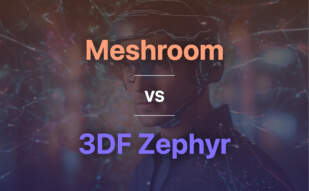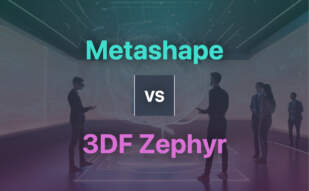If you’re a business aiming for photogrammetry software integrated into Unreal Engine, the fastest local photogrammetry from RealityCapture is your robust choice. However, if cost-effectiveness, versatility, and advanced controls are vital, opt for 3DF Zephyr, a total photogrammetry pipeline software with diverse versions.
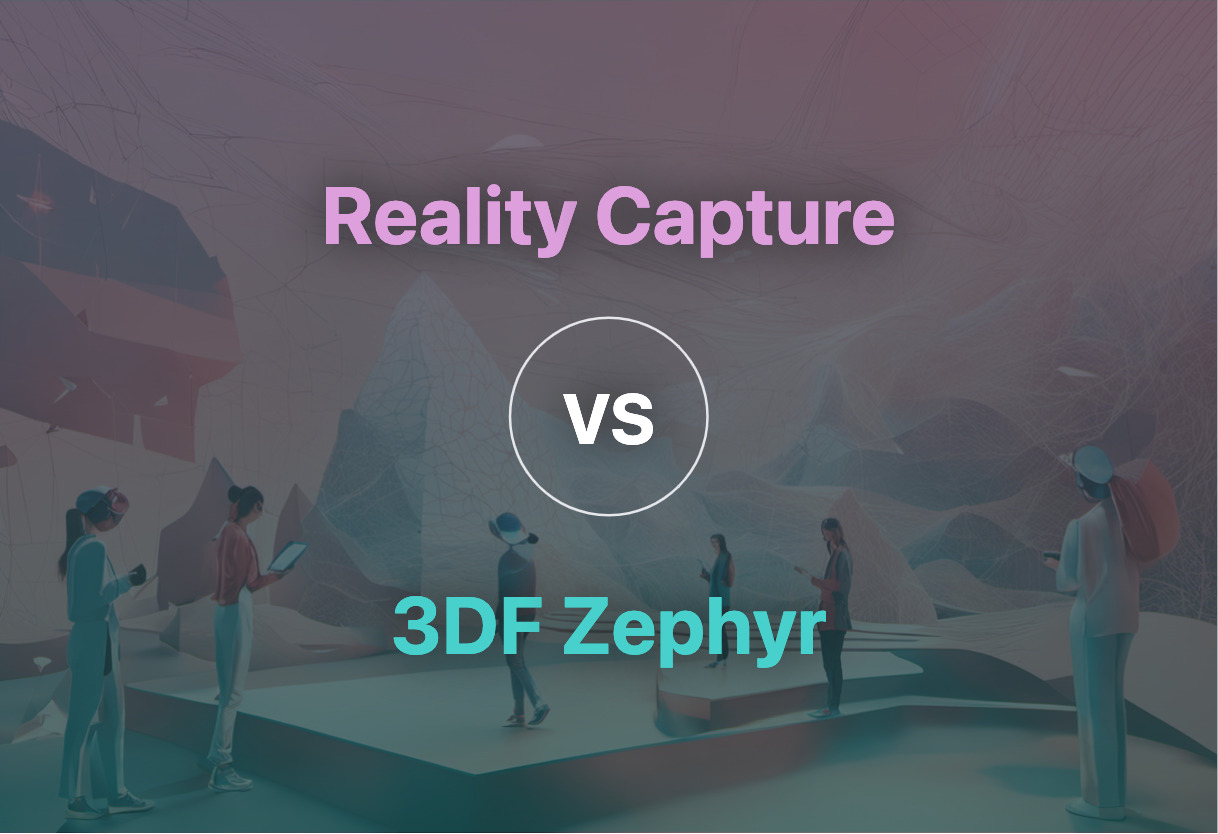
Key Differences Between Reality Capture and 3DF Zephyr
- RealityCapture offers efficient processing with 4 CPU cores while 3DF Zephyr leverages multiple GPU support for superior performance.
- 3DF Zephyr handles photogrammetry and laser scanning within one application. RealityCapture necessitates a PGM version specifically for photogrammetry.
- While both offer demo/free versions, 3DF Zephyr’s has a broader range with Free, Lite, Pro, and Aerial editions that provide varying features and processing potential.
- RealityCapture, now an Epic Games component, is planned for integration into Unreal Engine, a boon for gaming developers. In contrast, 3DF Zephyr’s in-house developed tech caters to all, hobbyists to enthusiasts.
| Comparison | RealityCapture | 3DF Zephyr |
|---|---|---|
| Developer | Capturing Reality | 3Dflow |
| Initial Release | 2016 | 2014 |
| Operating System | Windows 7/8/8.1/10 (64 bit) | Windows, Linux with Wine |
| Max Input Photos (Free Version) | 2500 | 50 |
| GPU Support | Nvidia CUDA 2.0+ | Multiple NVIDIA GPUs |
| Integration with Third-party Devices | Laser Scans | Camera Sensors, Drones, Laser Scanners |
| Exports | Direct to video, 3D-sharing platform Sketchfab | User’s file format of choice |
| Licensing | Software license limited to 32 CPU cores, 3 GPU cards | Varying licenses – Free, Lite, Pro, Aerial |
| Price | $10 per 3,500 credits | Lite version at €199.00 + VAT, Pro version at €4200.00 + VAT or monthly subscription at €250.00 + VAT |
| Tools | Image registration, calibration, polygon mesh calculation, texturing, georeferencing, measurement, inspection | Camera orientation to texture generation, CAD drawing, generation of sections, paths, contour lines, auto-masking |
What Is RealityCapture and Who’s It For?
RealityCapture (RC) is a 3D computer graphics software developed by Capturing Reality. Primarily, it is employed for creating 3D models from unordered photos or laser scans without seams, catering to a variety of sectors including cultural heritage, gaming, mapping, VFX, and VR. It is tailor-made for businesses in need of cutting-edge photogrammetry software, architects who require immersive visualization of designs, and game developers captivated by its integration into their workflow.
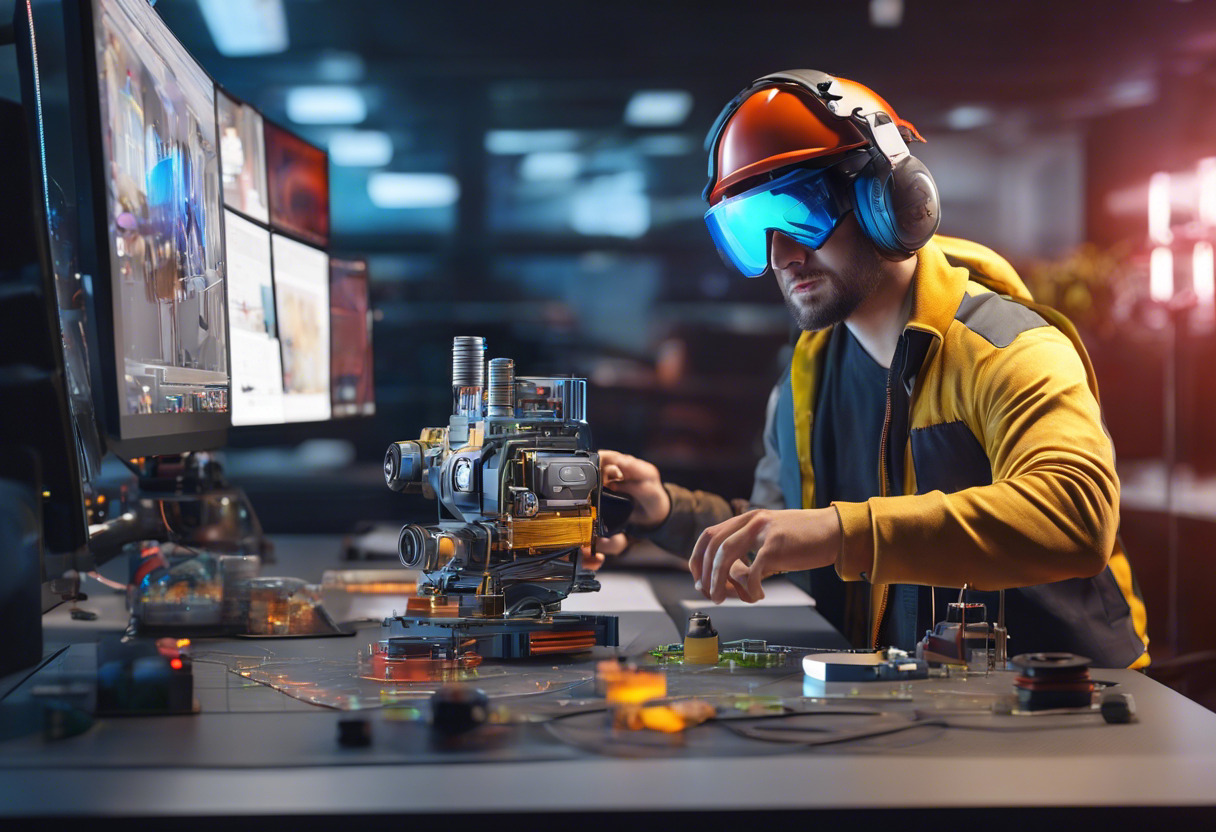
Pros of RealityCapture
- Excellent Integration Into Workflows
- Powerful Tool for Architects and Game Developers
- Efficient processing, performance loss-free meshing, colouring, texturing
Cons of RealityCapture
- Limited Nvidia Graphics Card Support
- Needs Further Enhancement for Hard Surfaces
- No Technical Support for Promo License
What Is 3DF Zephyr and Who’s It For?
3DF Zephyr is a photogrammetry software developed by 3Dflow, capable of creating 3D models from photos, and assisting with laser scans. It offers options from camera orientation to texture generation phase. Tailored for both hobbyists and enthusiasts, 3DF Zephyr finds immense application in motion capture, CAD drawing, generating sections, paths, contour lines, to name a few.

Pros of 3DF Zephyr
- Versatile Usage and Powerful Performance
- Innovative Auto-Masking Tool and Advanced processing steps control
- Ability to Work on Linux with Wine
Cons of 3DF Zephyr
- Limited Features in Free Version
- Windows Only Application
- Higher Cost for Pro Version
The Verdict: RealityCapture vs 3DF Zephyr
When it comes to cutting-edge 3D modeling from photo or laser capture, the debate between RealityCapture and 3DF Zephyr hits the climax. But which one surges ahead?
Game Makers and Developers
For these techno-creatives, speed and workflow integration are paramount. Hence, RealityCapture is the clear victor. With its Ramses performance loss-free due to out-of-core, faster photogrammetry than Autodesk’s cloud service, and integration with workflows such as Sketchfab, it trumps over 3DF Zephyr.

Architects
On the other hand, architects, who often rely on precise visualization and georeferencing, 3DF Zephyr takes the cake! It not only allows generation of Digital Terrain and Surface models, but is excelled in scaling via ground control points. Plus point? The software’s aptitude for cross-hardware compatibility is a cherry on top.

AR/VR Creators
RealityCapture’s prowess truly shines in the realm of VR creation, given its impressive ability to generate virtual reality scenes. Combined with its efficient out-of-core meshing, coloring, and texturing, it provides a robust, efficient solution for AR/VR creators.

Tech Enthusiasts
If there ever was a category for tech enthusiasts, 3DF Zephyr would be an easy recommend. With its quirky claim to fame like being the first photogrammetry software published on Steam, incorporating video frames option for reconstruction and auto-masking tools, it caters marvelously to hobbyists.
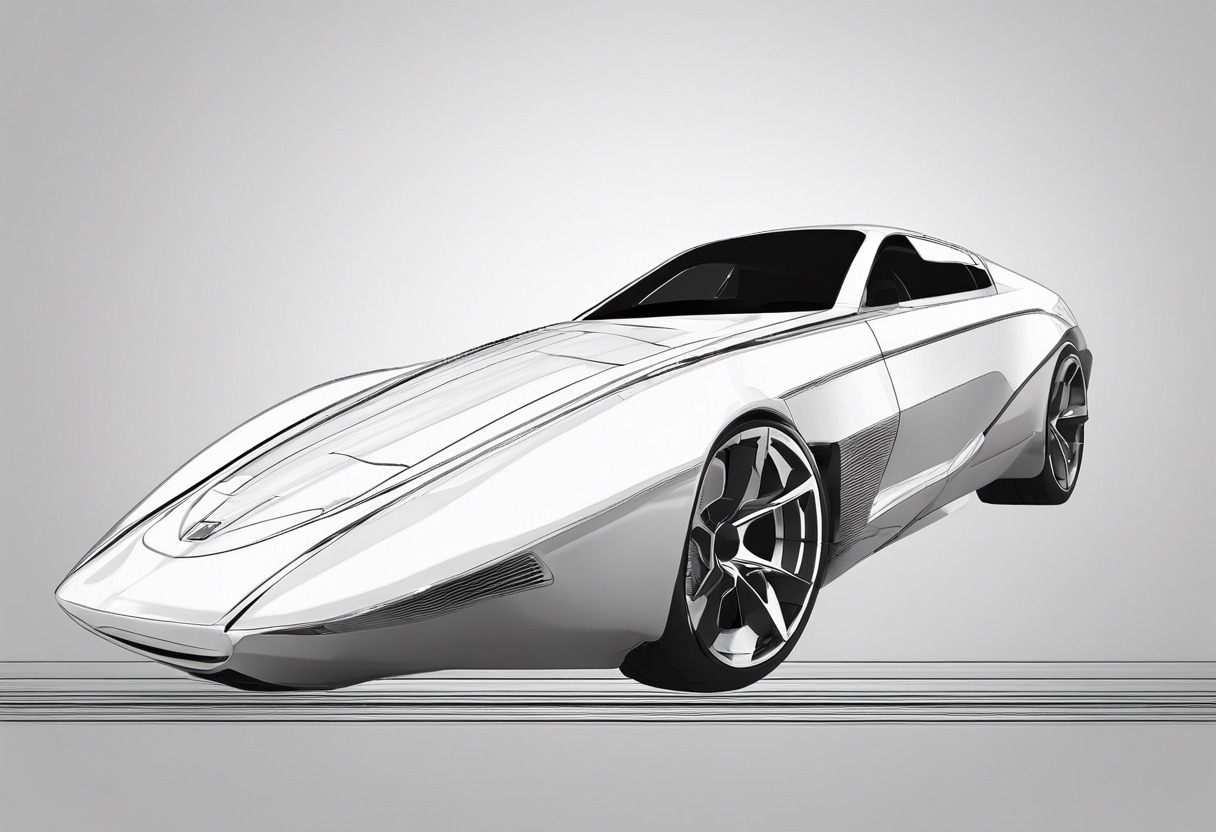
In this frenzied battle, RealityCapture wins for its high-speed processing power, workflow integration, and VR capabilities while 3DF Zephyr shines through its broad versatility and hobbyist-friendly approach.
Logan Bellbrook
Content writer @ Aircada with a knack for nature & AR/VR/XR. Blogging the intersection of tech & terrain.



